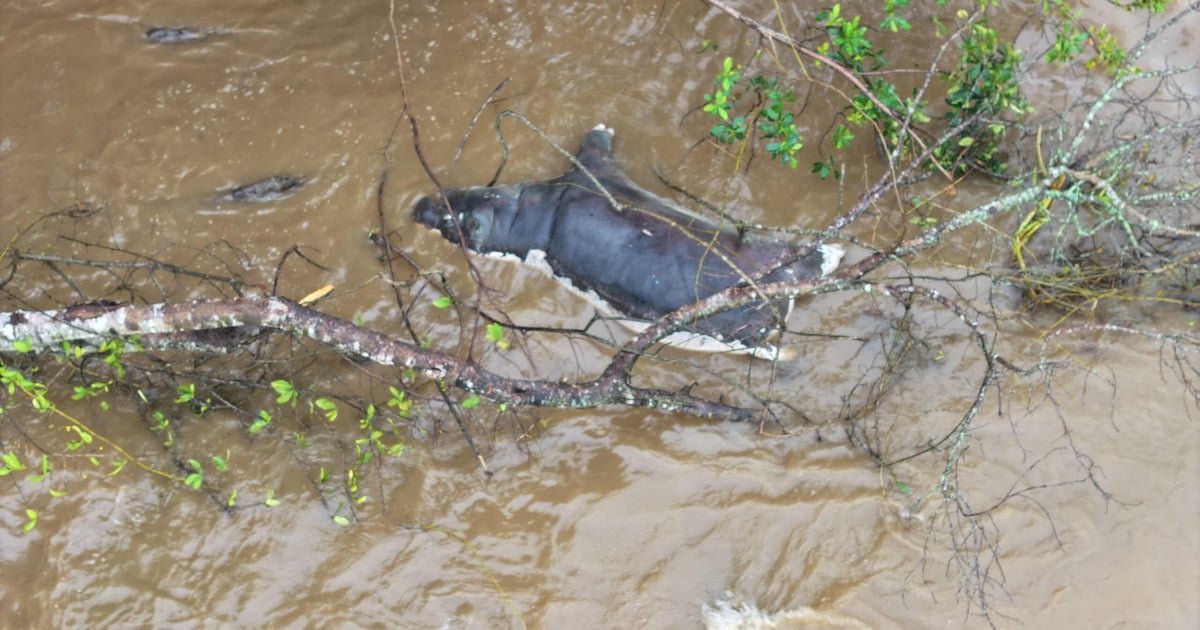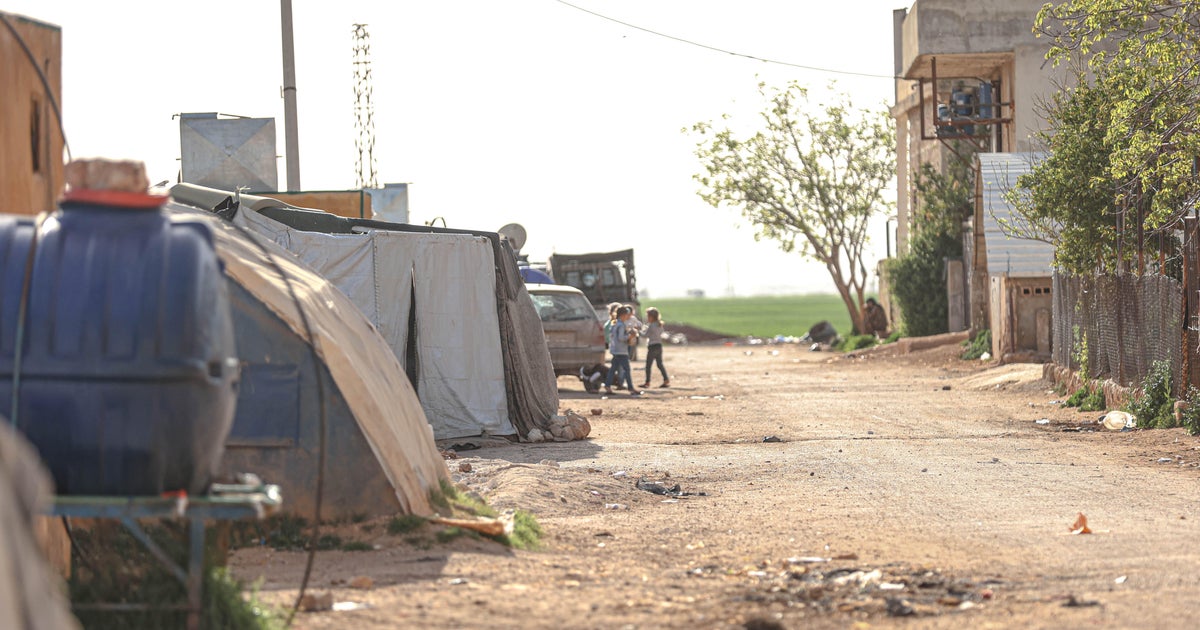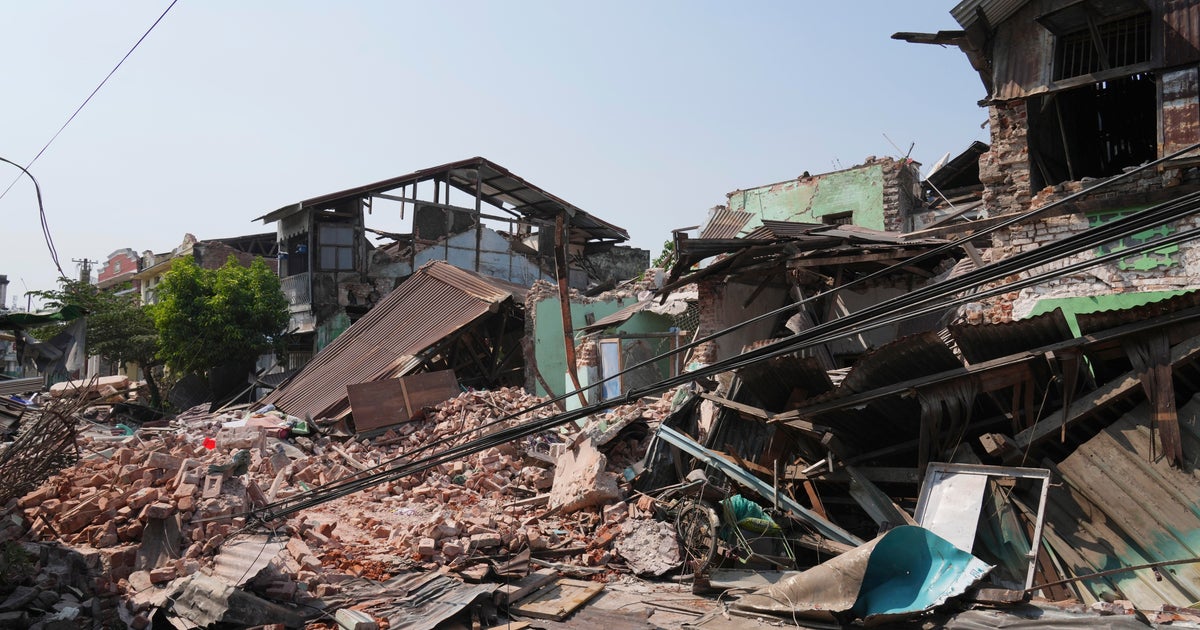Goma, Democratic Republic of Congo — Anthrax poisoning has killed about 50 hippos in Virunga, Africa’s oldest national park, which is located in the Democratic Republic of Congo’s troubled east, the head of the park told AFP on Tuesday. The toxin is caused by a spore-forming bacterium, Bacillus anthracis, which survives for decades in soil where animals that died of anthrax or were carriers were buried. It is transmissible to humans and potentially fatal in its inhaled form.
The hippopotamuses were found floating in a river south of Lake Edward, which separates the DRC from Uganda, park director Emmanuel de Merode said.
The local office of the Congolese Institute for Nature Conservation (ICCN) in the North Kivu province, where the dead hippos were found, recommended precautionary measures including avoiding eating bushmeat.
“Although this disease mainly affects wildlife, it poses a potential risk of transmission to humans as well as domestic animals,” said the body, which manages national parks in the DRC.
Virunga National Park was established in 1925 and is renowned for its wildlife, particularly mountain gorillas, and magnificent landscapes.
But it is located at the heart of conflicts that have been tearing the eastern DRC apart for the past 30 years.
Just last week, Congolese President Felix Tshisekedi commuted the death sentences of three Americans who had been convicted on charges of participating in a botched 2024 coup attempt. The pardon came as Congolese authorities hope to strike a minerals deal with the U.S. in exchange for security support that could help the DRC fight Rwandan-backed M23 rebels in the conflict-hit east of the country.
Hippopotamuses and other mammals have already fallen victim to anthrax several times in Virunga and other nature reserves in Africa.
According to the Virunga website, the park was home to the largest hippo population in the world in the 1970s, with about 29,000 animals, but “since then, instability in the region has led to increased poaching and a 95% decline in the size of the population.”
The World Wildlife Fund lists hippos as a vulnerable species, with an estimated 115,000-130,000 believed to live in the wild globally.




